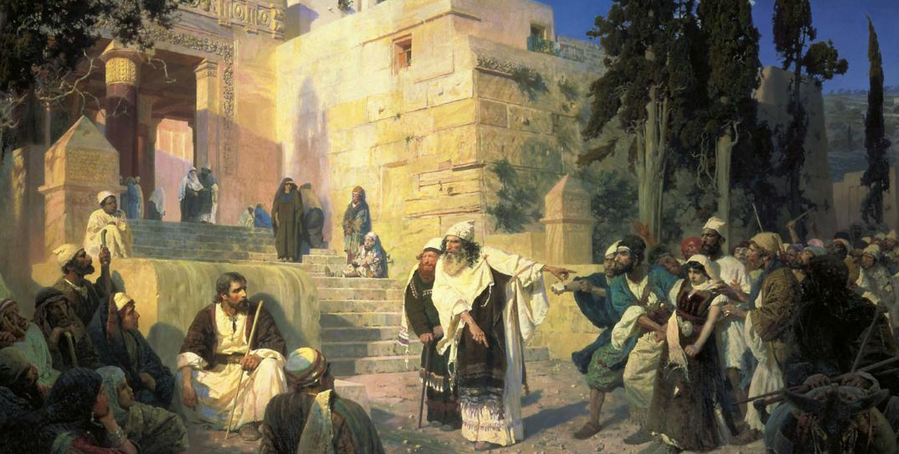Bible Lesson 21
La mujer atrapada en adulterio – The Woman Caught in Adultery
Here we see the mercy of Jesus towards a broken, sinful woman. The hypocrites who bring her to Jesus are simply using her as a trap to get Jesus in trouble, but Jesus again eludes them in a brilliant way.
I wish I knew what Jesus wrote in the dust that day!
To those who look at passages like this and say “Jesus doesn’t judge,” there are three good responses. First, you’re right, at least in one sense. Second, though, he says that the Father does judge. And finally, he tells this woman to leave her life of sin.
Jesus is incredibly merciful – thank God! – but his mercy never gives anyone permission to continue in sin.
How to Use This Page:
1. Listen to the audio as you read along with the Spanish on the left.
2. Open the English translation, and read the two side-by-side, making sure you understand the Spanish.
3. Close the English, and listen to the audio again, reading along in Spanish.
4. Close the Spanish, and listen once more. Maybe shut your eyes, and just try to catch as much as you can.
An *asterisk indicates that the word has a special note. Click on it to see the note.

